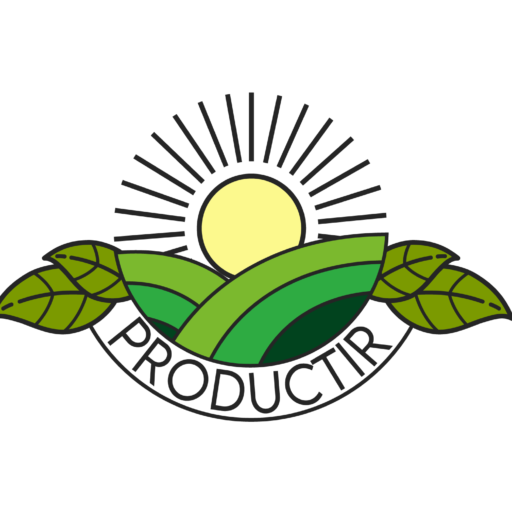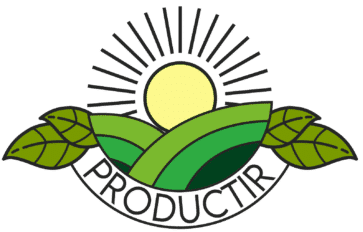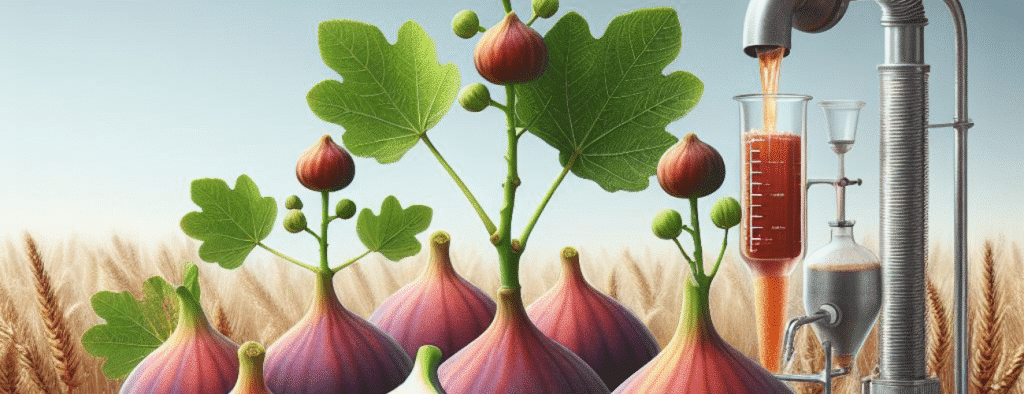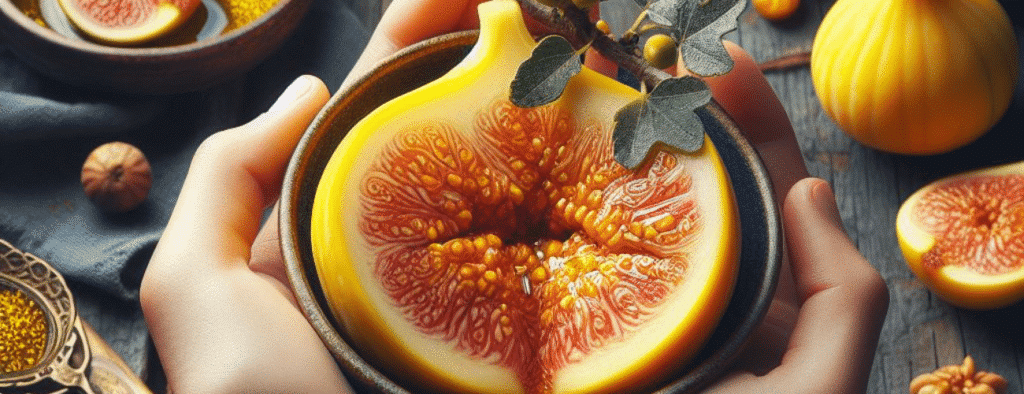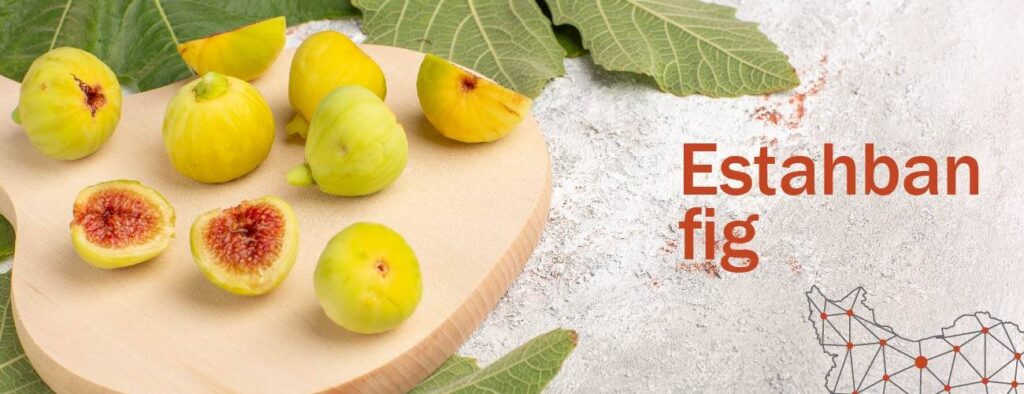Climate and soil conditions suitable for fig cultivation
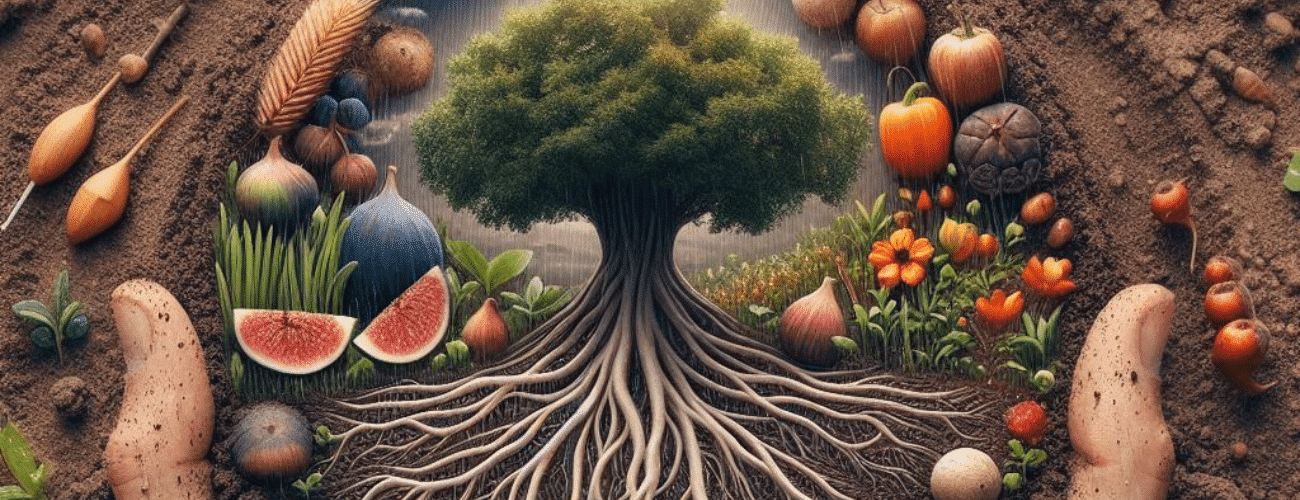
Figs are one of the oldest and most popular fruits in the world, which are cultivated in tropical and subtropical regions. This tree is considered one of the drought-resistant trees due to its high resistance to drought and drought. However, to grow figs in optimal conditions, it is very important to pay attention to weather conditions and soil type.
Figs need a warm and dry climate. The optimal temperature for the growth of this tree is between 25 and 35 degrees Celsius. Figs are not resistant to cold and are damaged at temperatures below 10 degrees Celsius.
Figs also need high relative humidity. The optimum relative humidity for the growth of this tree is between 60 and 70%.
Figs also need sunlight. This tree needs at least 6 hours of direct sunlight per day.
The type of soil suitable for fig cultivation
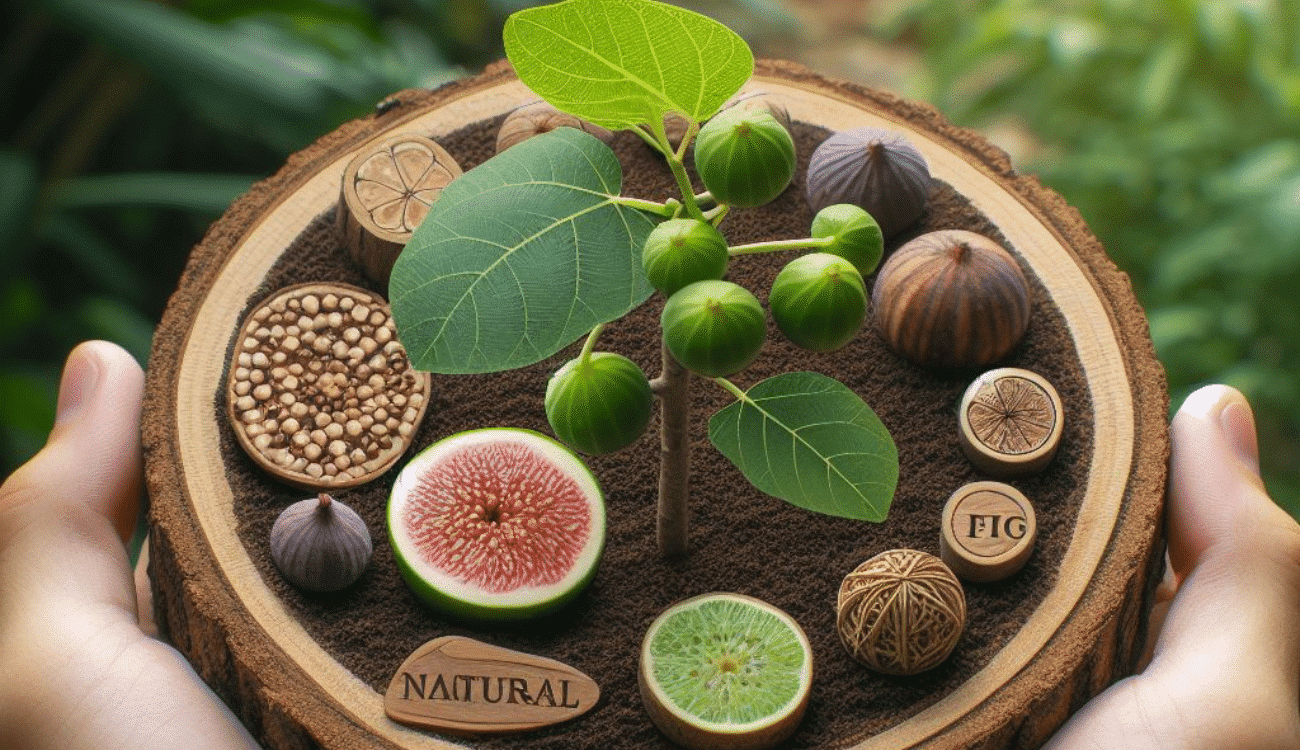
Figs need well-drained and fertile soils. Sandy clay, loamy clay and sandy loam soils are suitable for fig cultivation.
Figs need alkaline to slightly acidic soils (pH between 6 and 8).
Soil preparation for fig cultivation
Before planting figs, it is necessary to prepare the soil well. For this, the soil must first be plowed and then amended with animal and chemical fertilizers.
Fig planting distance
The distance of planting figs depends on the type of variety and the weather conditions of the region. In general, the distance of planting figs is between 3 and 5 meters.
Fig planting time
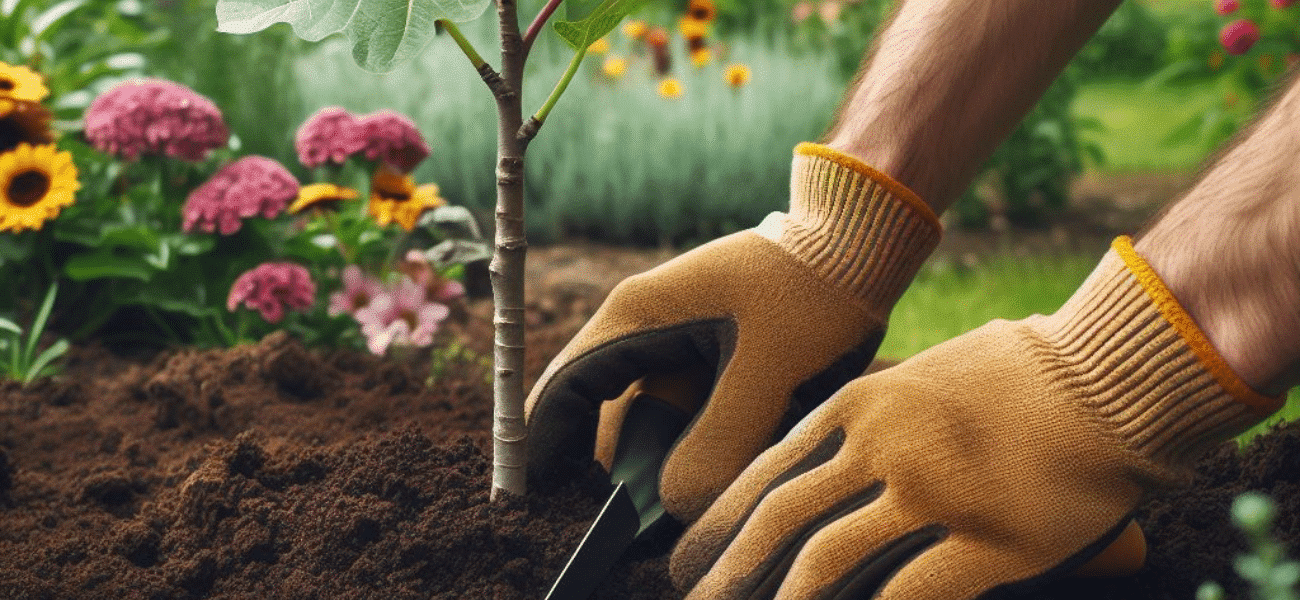
Figs can be planted in autumn or spring. Planting figs in the fall makes the tree grow well in the first year.
Irrigation of the fig tree
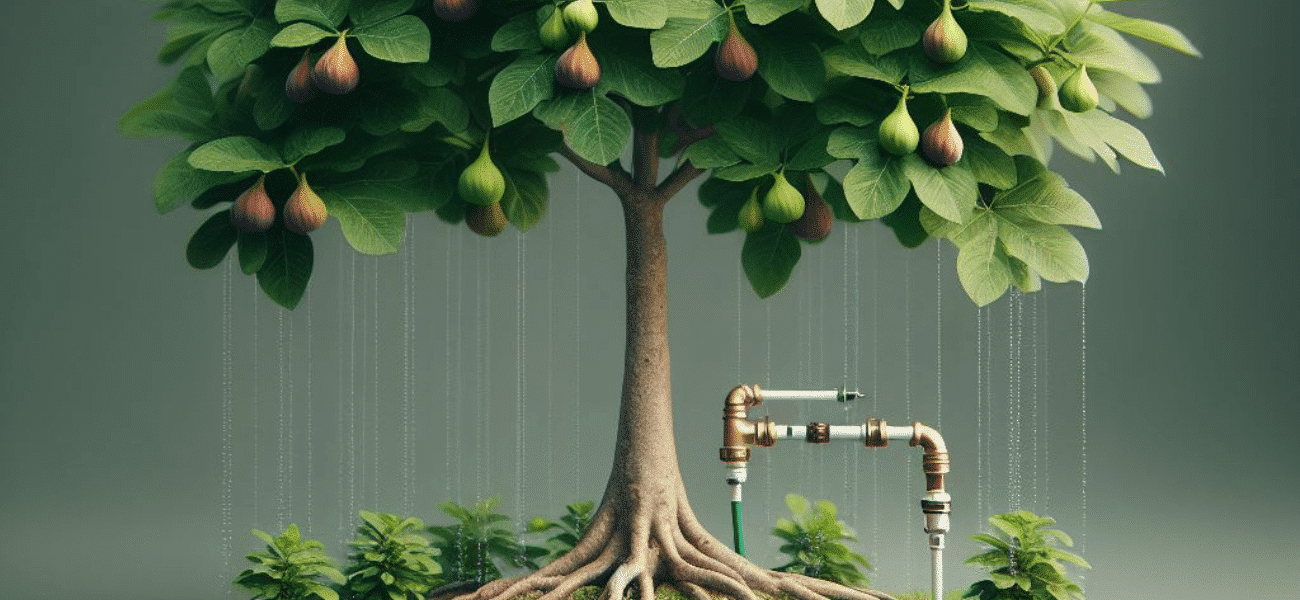
Figs need moderate watering. In the first year of planting, the fig tree should be watered regularly. As the tree ages, its need for watering decreases.
Fig tree fertilization
Figs need regular fertilization. Fig tree fertilization should be done monthly in the first year of planting. As the tree ages, the frequency of fertilization can be reduced.
had and picked figs
Figs can be harvested manually or mechanically. Figs are usually harvested from late summer to late fall.
Fighting fig tree pests and diseases

Figs are sensitive to some pests and diseases. Among the important pests of fig trees, we can mention aphids, mites and leaf-eating moths. Anthracnose, black spot and leaf burn can be mentioned among the important diseases of fig tree. Chemical, biological and mechanical methods can be used to fight fig tree pests and diseases.
Factors affecting the quality of figs

In addition to weather conditions and soil type, other factors also affect the quality of figs. Among these factors, the following can be mentioned:
- Type of variety: some fig varieties are superior in terms of fruit quality.
- Tree age: Older fig trees usually produce better fruit.
- Tree nutrition: Fig trees need proper nutrition to produce high-quality fruits.
- Proper harvesting and harvesting: Correct and timely harvesting of figs also affects the quality of the fruit.
By observing the above points, you can benefit from the fig tree as an economic and productive product in tropical and subtropical regions.
